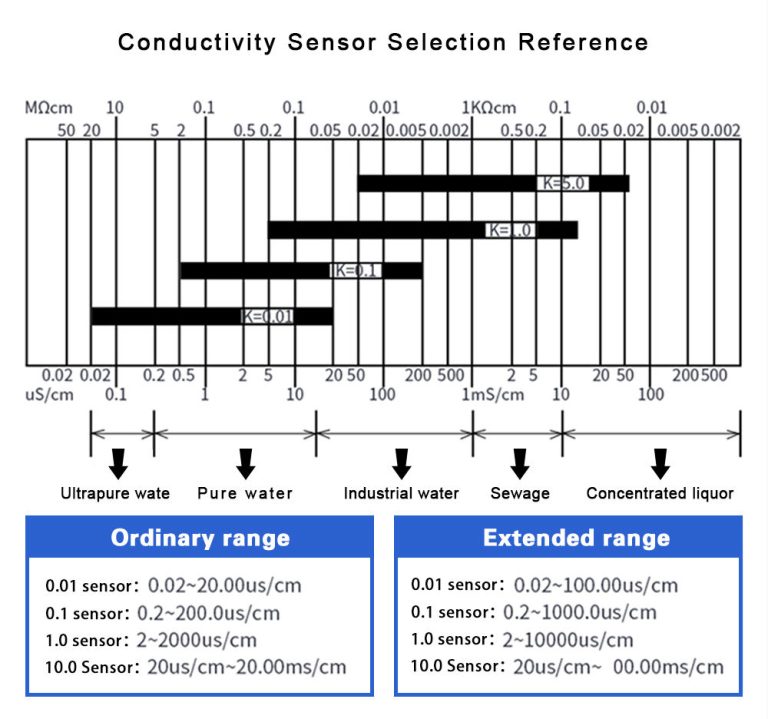“Clearing the waters on how turbidity impacts pH levels.”
The Relationship Between Turbidity and pH in Water Systems
Turbidity and pH are two important parameters that are often measured in water systems to assess water quality. Turbidity refers to the cloudiness or haziness of a fluid caused by suspended particles, while pH is a measure of the acidity or alkalinity of a solution. Both turbidity and pH can have significant impacts on the overall health of aquatic ecosystems and the safety of drinking water.
Turbidity can affect pH levels in water systems in several ways. One of the main ways is through the adsorption of ions onto suspended particles. When water is turbid, suspended particles can adsorb ions such as hydrogen ions, which can affect the overall pH of the water. This can lead to fluctuations in pH levels, which can have negative impacts on aquatic life and the overall health of the ecosystem.
Additionally, turbidity can also affect the availability of nutrients in water systems, which can in turn affect pH levels. High levels of turbidity can reduce the amount of light that penetrates the water, which can limit the growth of aquatic plants. This can lead to a decrease in photosynthesis and oxygen production, which can in turn affect the pH levels in the water.
On the other hand, pH levels can also affect turbidity in water systems. Changes in pH levels can affect the solubility of minerals and ions in water, which can in turn affect the formation of suspended particles. For example, changes in pH levels can lead to the precipitation of minerals, which can increase turbidity in water systems. This can have negative impacts on aquatic life and the overall health of the ecosystem.
It is important to note that the relationship between turbidity and pH in water systems is complex and can be influenced by a variety of factors. For example, the presence of organic matter in water can also affect the relationship between turbidity and pH. Organic matter can act as a buffer, which can help to stabilize pH levels in water systems. However, high levels of organic matter can also contribute to turbidity in water systems, which can further complicate the relationship between turbidity and pH.

In conclusion, turbidity and pH are two important parameters that are often measured in water systems to assess water quality. The relationship between turbidity and pH in water systems is complex and can be influenced by a variety of factors. Changes in turbidity can affect pH levels by adsorbing ions onto suspended particles and affecting the availability of nutrients in water systems. Conversely, changes in pH levels can affect turbidity by influencing the solubility of minerals and ions in water. It is important to monitor both turbidity and pH levels in water systems to ensure the health and safety of aquatic ecosystems.







